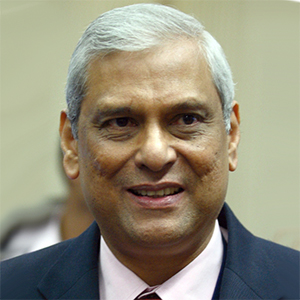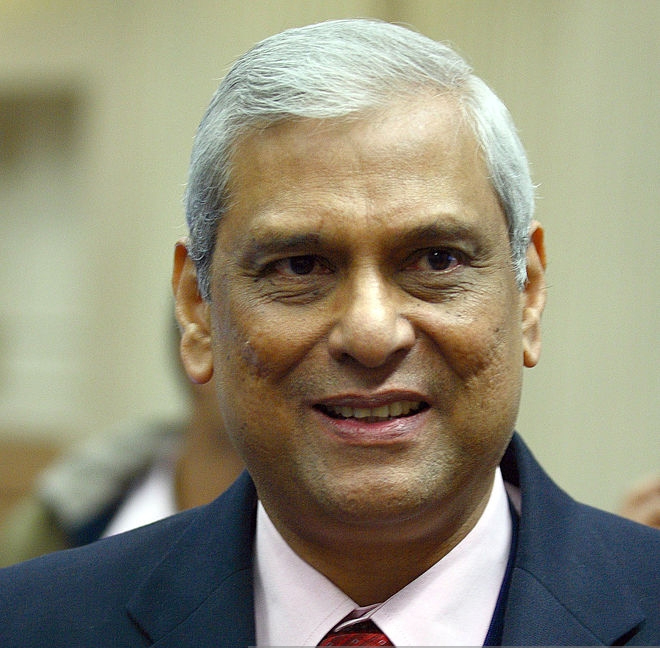
 Dec 05, 2020
Dec 05, 2020
Those of us who have been in middle management and beyond in organisations in the early part of this century would be quite familiar with the nomenclature Vision 2020. For managements, it was the most fashionable thing to do. To visualise what they want the company to be in the year 2020, about fifteen to twenty years ahead and how they would reach there. Consulting organisations had bandied this as an essential component of enlightened management and those who did not talk about it in their Annual Report would have been considered as a shade dull.
Visioning was an elaborate exercise. There was a ‘shared vision’ and a ‘vision shared’. The difference being whether the top honcho had democratic credentials, or she was autocratic without a qualm. Creating a ‘shared vision’ was a collaborative exercise involving protractive discussions at different levels of the hierarchy to arrive at what the organisation collectively wanted to be. If the top honcho felt that she knows best, like some of them quite often do, she issues an Office Memo stating the Vision for the company. Every Honcho wants to declare a grand Vision knowing very well he may not be around to ring in New Year 2020. It is quite a different matter that the successor would issue another Office Memo revising the same.
Typically, every company wants to be the best in their business. If not in 2005 but definitely by 2020. The metric may be different. It could be turnover, profitability or market share. Add in customer satisfaction, cutting edge technology, innovation, and a great place to work. If you search, you can find all these aspirational words in the vision statement of most companies. And if you search more, it will appear that most of the vision statements kind of sound the same. You wonder then why 2008 happened and companies across the world collapsed like nine pins and had to be bailed out by tax-payers money. Fortunately, acronyms like ESG were yet to be coined or Environment, Society and Governance would have been essential parts of the Vision statement.
Vision 2020 had its virtues. Some took it seriously and made it a useful decision- making rule. If the Vision were to be a world class company, you could parse every decision to check if this is how world class companies decide. At least then, you would get a consultant to figure out what you do not know. Or if your Vision were to be the best employer, maybe your HR policy would evolve with time to match the gold standard in this regard. There is a learning and over a period of time, using this simple decision-making rule, your company could transform into a learning organisation and Peter Singe would be happy for it.
The other good thing that companies did was to form multi-disciplinary groups in each of the business units to figure out the best way to achieve what they have set out to. This was a powerful tool as if you have Marketing, Finance, Human Resources, Operations, and Information Technology guys all sitting together to make common cause to achieve an objective, the internal jockeying and war-fares would have been kept at bay. I recall the instance when the multi-disciplinary group for retailing (auto fuels and lubricants) was sent out to visit customers in key markets, the number of new strategies that emerged was indeed mind boggling. To keep the enthusiasm from declining, the functional directors all sat together for the presentations made by the teams and the clearly beneficial ones were approved for operationalising on the spot. Numerous changes were incorporated in the design of the Retail outlets to make them user-friendly besides deciding to invest on low cost rural outlets so that the rural folks had access to fuel in reasonably close proximity. The ROI from these investments were substantial.
Likewise, investments in infrastructure that would lower logistics cost and round the clock availability of products and services all became a reality and added on to margins and profitability. The new thinking soon started reflecting in the allocation of resources, both financial and human. The most competent for the job at hand would be hand-picked for the investments that promised the best returns. Those of us in leadership positions were delighted to see the multi-crore projects turning out to be the nation’s pride.
Cut back to reality and 2020, the year that we are in now. The vision has been realised and is there for all to see. But a little, difficult to see virus has made a mockery of this grand Vision 2020. It changed the world and what folks want, mostly forever. What one would call a kind of O’Henry Twist. And if you look up the dictionary, Vision 2020 meant only normal vision, not superlative vision that could spot a virus before it was born (or created).

He is the founder Chairman & Independence Director, HPCL-Mittal Energy Ltd. (HMEL) & former CMD, HPCL. He is also IOD's Chairman for the Bengaluru region.
Owned by: Institute of Directors, India
Disclaimer: The opinions expressed in the articles/ stories are the personal opinions of the author. IOD/ Editor is not responsible for the accuracy, completeness, suitability, or validity of any information in those articles. The information, facts or opinions expressed in the articles/ speeches do not reflect the views of IOD/ Editor and IOD/ Editor does not assume any responsibility or liability for the same.
About Author

Independent Director in multiple Companies
Former Chairman, HPCL-Mittal Energy Ltd (HMEL).
He is also IOD’s Chairman for the Bengaluru region.
Masterclass for Directors
Categories